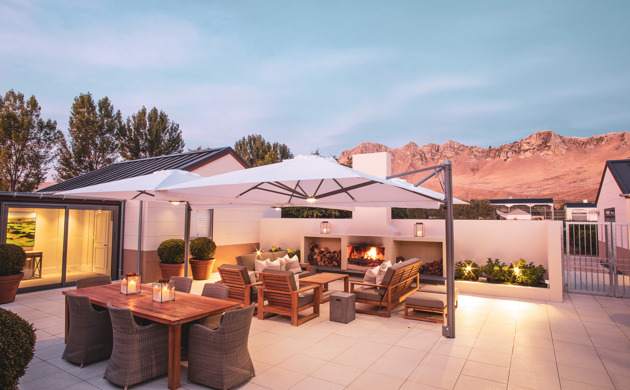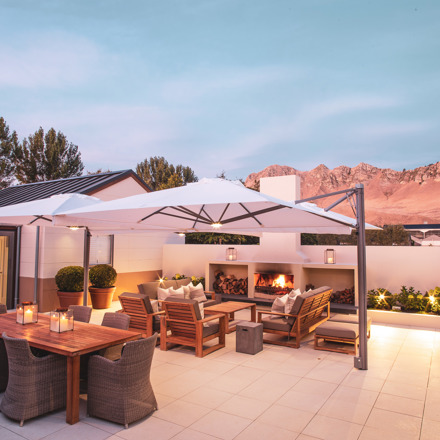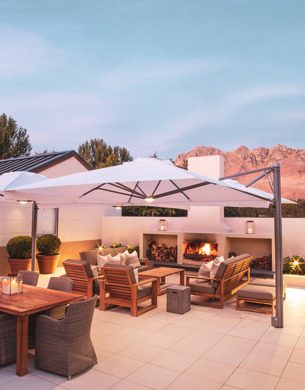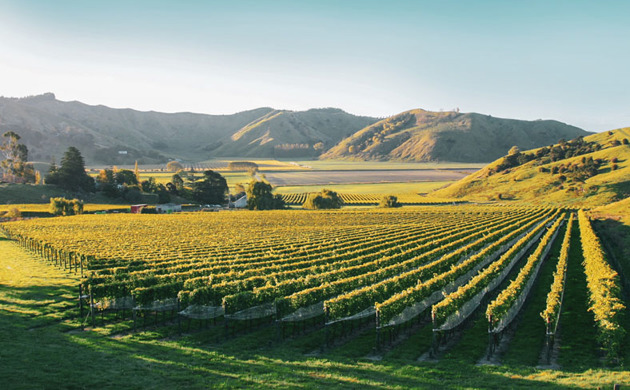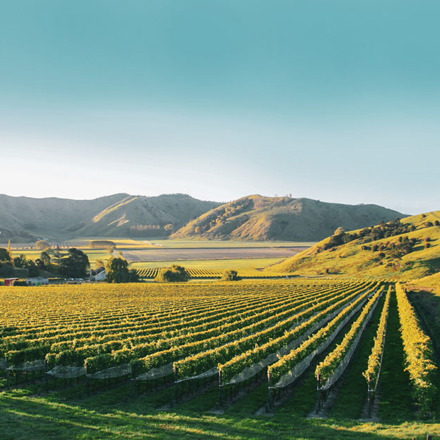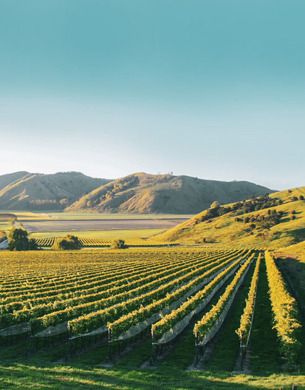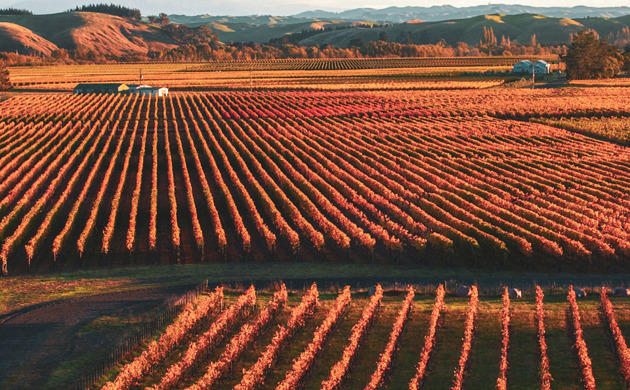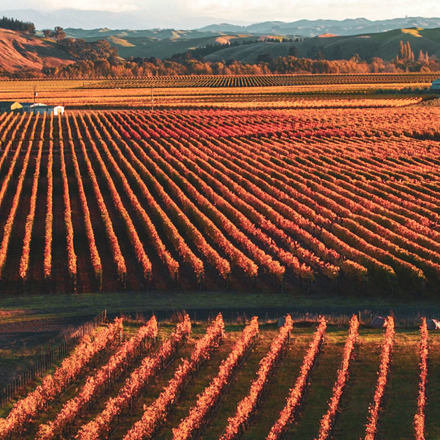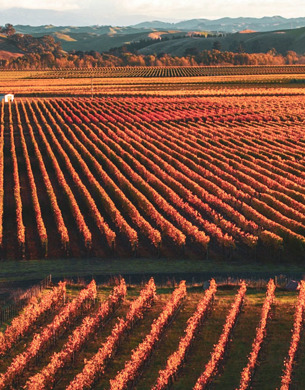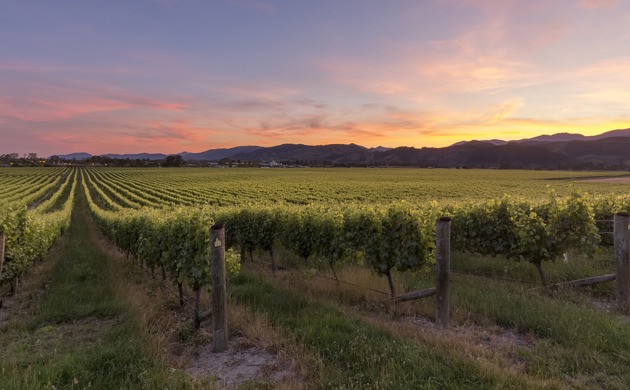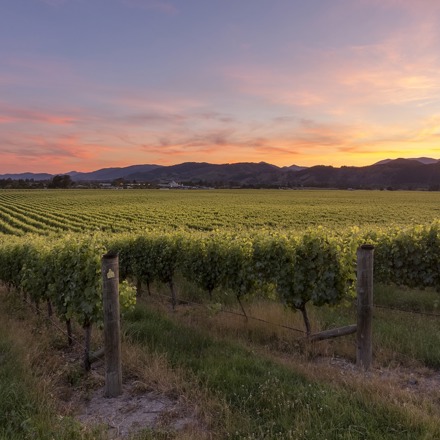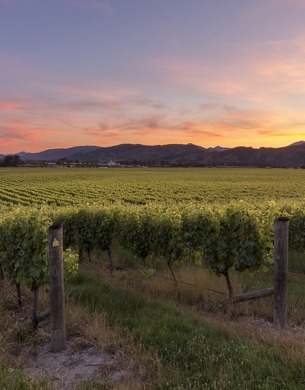There is a variety of scenery, terrain, and routes to suit all abilities and bike hire is easy with plenty of options available - from self-guided cycling the vines to mountain biking in the capital or, for those seeking more adventure, riding the entire Wine Trail (but if you prefer to drive between the regions – that’s fine too!)
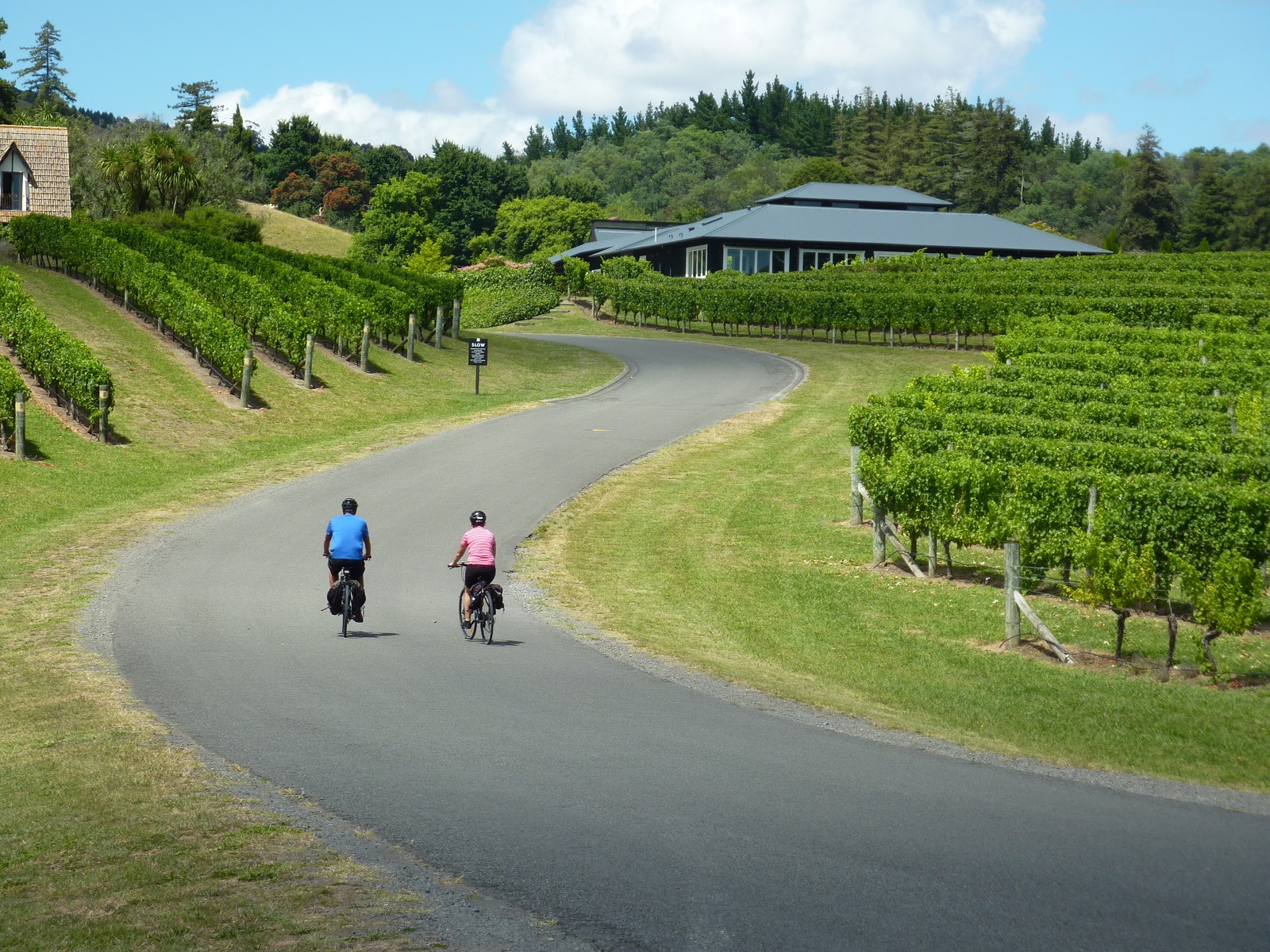
On your bike
It makes sense to start in the Gisborne region - the first place in New Zealand to see the sunrise , and home to a mix of large producers, boutique wineries, and entrepreneurial growers. Then make your way to Hawke’s Bay, where you can join the official Classic New Zealand Wine Trail, which takes you to Hawke’s Bay, Wairarapa, Wellington and Marlborough – a journey that takes you through regions accounting for more than 80% of New Zealand’s wine production. Wanting to go even further? Then head over to Nelson, a boutique wine region producing outstanding Pinot Noir, Chardonnay, Sauvignon Blanc and aromatics. Coming from the South Island? Do the trail in reverse, or if short on time, start in the middle!
Gisborne
Set in the remote eastern reaches of New Zealand and the first place in the world to see the sun each day, Gisborne rewards travellers with rich pickings.
Award-winning wineries, just minutes from the city centre and airport, are nestled in fertile valleys basking in year-round sunshine - each within close proximity and sharing a special community vibe.
Although recognised as the capital of Chardonnay, the region is also exciting wine critics with new varieties and vineyard sites. A mix of large producers, boutique wineries and entrepreneurial growers produce a diverse range of wines from full-flavoured and fruit-driven to critically claimed biodynamic classics.
Cycle through the vines and along Gisborne’s picturesque coastal cycle way, and most wineries have a café or restaurant and almost all have cellar door and tasting facilities.
Hawke’s Bay
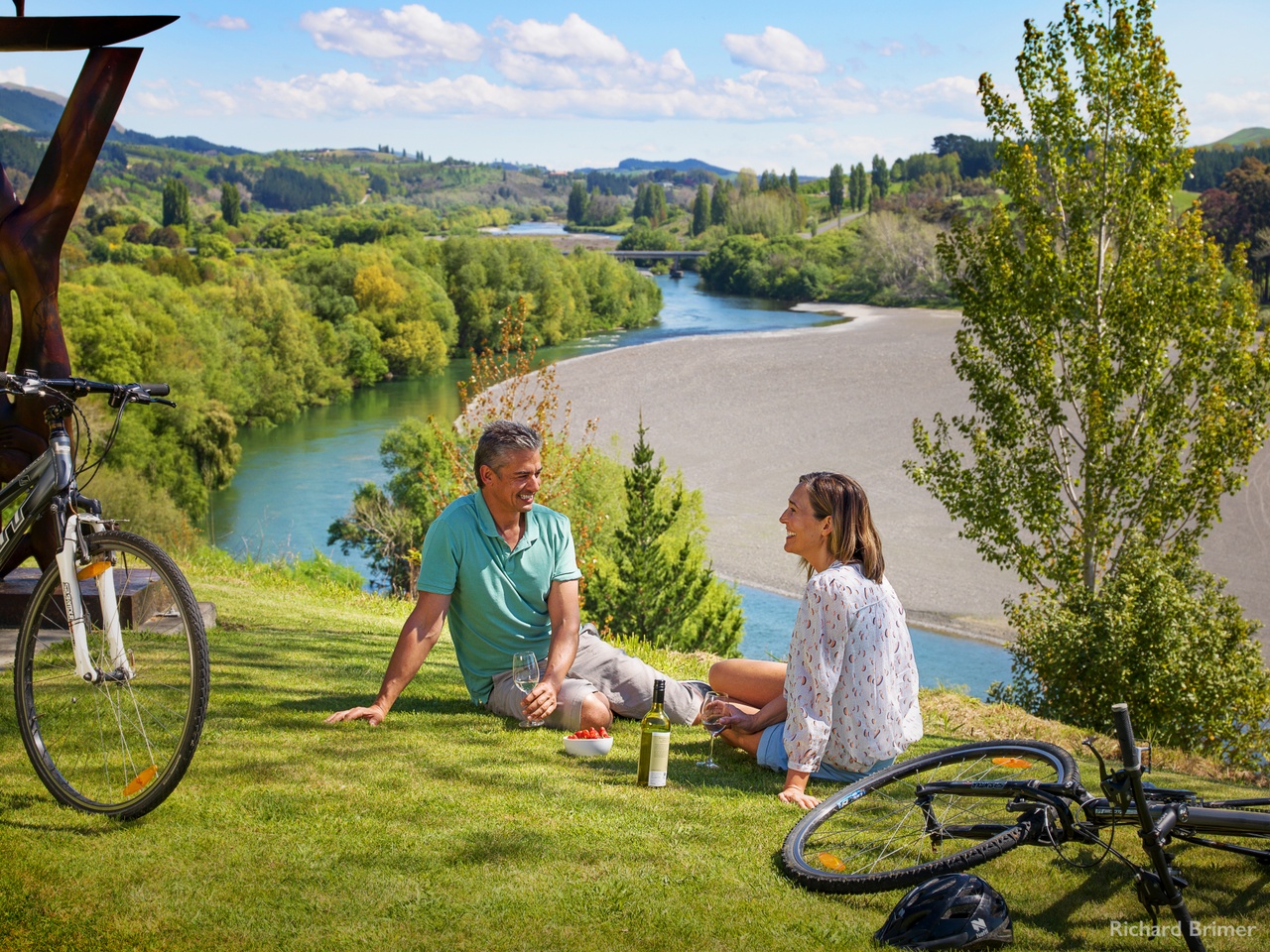
With buckets of sunshine and a fertile coastal landscape, Hawke’s Bay is not only New Zealand’s second largest wine producing region but it is also the oldest. They’ve been growing grapes here since 1851 and the abundance of quality wine that’s come from the region ever since has shaped the nature of tourism.
No visit is complete without a wine tour or tasting and with more than 30 vineyards offering cellar-door experiences, there are many opportunities to enjoy Hawke’s Bay highly prized wine in beautiful locations. The region is known as ‘The food bowl of New Zealand’ so as well as enjoying fine wines you will find the freshest local produce prepared by some of the country’s top chefs. Many wineries have restaurants or alfresco dining, and vineyard cycle tours take advantage of the relatively flat landscape and pleasant climate.
Wairarapa
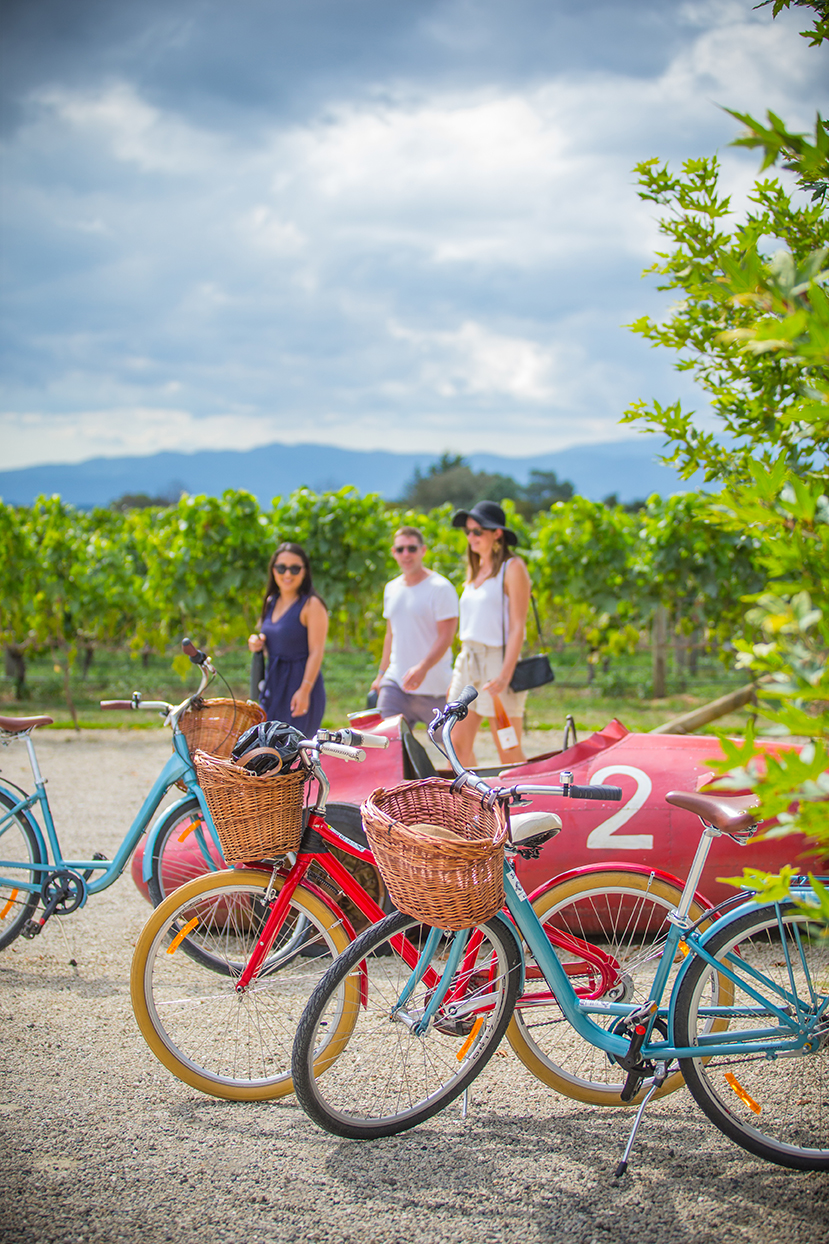
From the rugged wild coast to charming colonial settlements with a warm Kiwi welcome, the premium wine region of Wairarapa is a myriad of contrasts.
There’s much to discover from vineyard to village – all within a short, scenic drive or train ride from Wellington. The picturesque region offers a range of wine tourism activities, unique accommodation, and superb dining options making it a popular short break getaway destination.
Wairarapa’s wine country has three main sub-regions - Martinborough, Gladstone and Masterton – all sharing similar climate and soil structures, yet offering subtle differences in character. Masterton is Wairarapa’s largest town and was the first area in the region where grapes were planted, over a century ago. Neighbouring Greytown is a country village with metropolitan style, beautifully preserved Victorian wooden buildings house design and gift shops, an artisan French bakery and Schoc Chocolates, a gourmet chocolate studio serving up some sensational flavours including lime chilli and sea salt.
The charm of a wine tour in Wairarapa is the easy access of the many cellar doors. The little wine village of Martinborough is at the heart of any wine experience. More than 20 small wineries, most within walking or cycling distance of the quaint village square, make for a memorable walk- or cycle-the-vines experience.
Wellington
It’s a tough job being tucked between New Zealand’s finest wine regions, but some place has to do it. That place happens to be the coffee, craft beer and culinary capital of Wellington.
Wellington is known for its vibrant arts scene, world class café and restaurant culture, and active outdoor lifestyle. With an easily walkable downtown area, set around an attractive waterfront, Wellington's creative cosmopolitan city combines the sophistication of a capital with the charm of a village.
Wellington enjoys more cafes, bars and restaurants per capita than New York City, and its coffee and craft beer producers are internationally recognised. You’ll find quirky cafes, innovative menus and award-winning establishments catering for everything from quick bites to long nights.
Marlborough
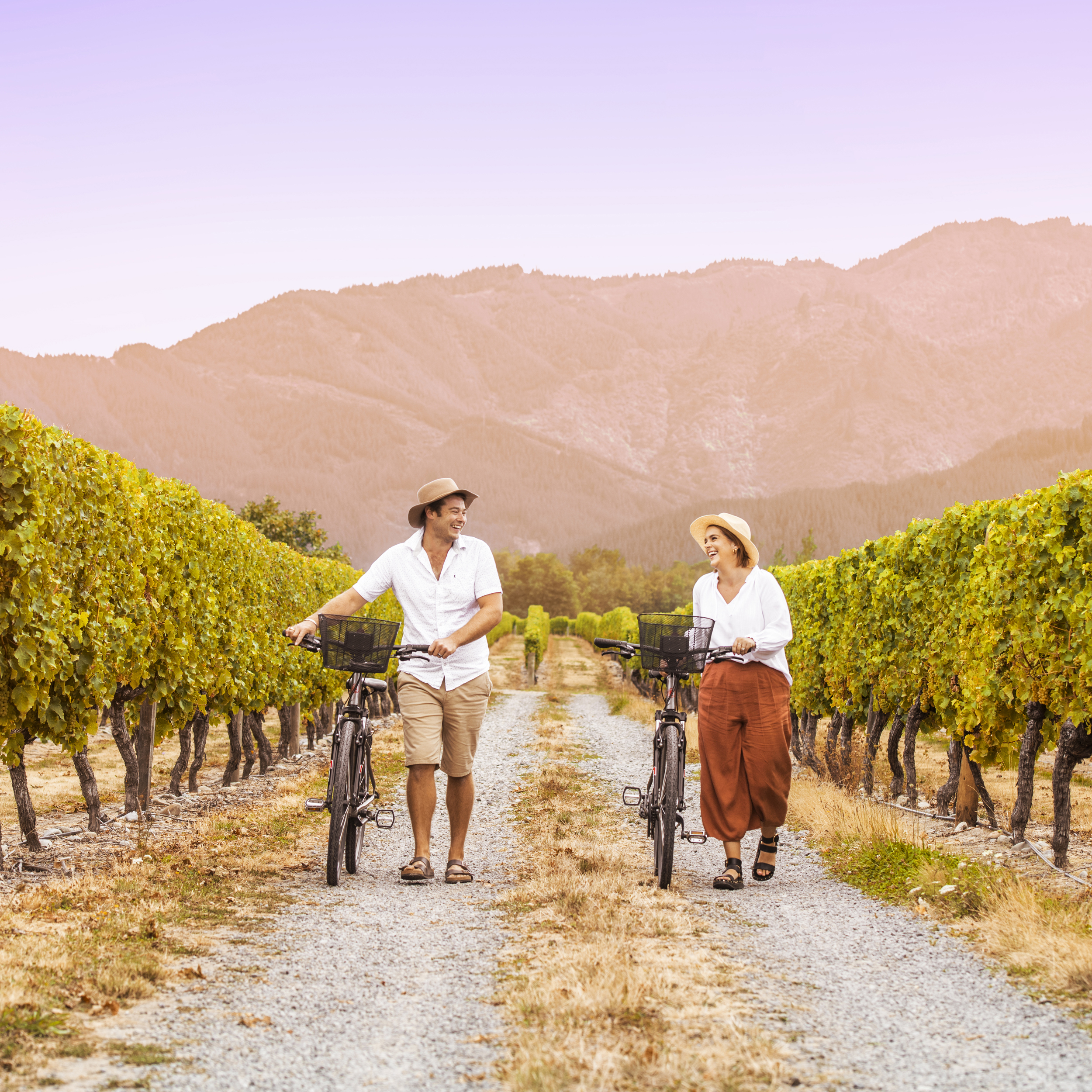
Home to world famous Sauvignon Blanc with 150+ wineries, wine is serious business here. Year-round sunshine, easy access, an extensive coastline with sheltered waters, and bountiful harvest from land and sea make the region ripe for indulgence and adventure.
Marlborough is New Zealand's largest wine region. It accounts for three quarters of the country's wine production, 70% of its vineyard area and 86% of its wine exports. Neat rows of thriving grape vines stretch as far as the eye can see through Marlborough’s fertile valleys and it is the ideal combination of climate and terrain that makes this such perfect wine-growing territory.
With more than 30 cellar doors located within a 10km radius of the main town centre of Blenheim, a ‘sip and cycle’ experience is the way to go.
Nelson
The boutique wine region of Nelson is a holiday haven with year-round sunshine, golden sand beaches, vast national parks and some of the best wine and food you’ll find anywhere in the world.
Sunny and sheltered with ideal soil qualities means almost anything will grow here and grapes positively thrive – as German settlers discovered in the mid-1800s. Today Nelson produces outstanding Pinot Noir, Chardonnay, Sauvignon Blanc and aromatics, along with an impressive array of emerging varieties.
Many wineries also reflect Nelson’s vibrant artistic and café culture and both are additional drawcards at their cellar doors. The region’s compact size means visitors can get around most wineries in a day by bicycle. But there’s so much to do in this relatively off-the-beaten track destination that you’ll want to explore beyond the obvious and savour the relaxed vibe.





